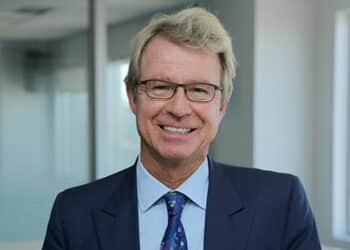Investors are reshaping their portfolios, with growing adoption of cash and fixed income exchange-traded funds (ETF) as income strategies evolve, according to Betashares.
Chamath De Silva, head of fixed income at Betashares, told InvestorDaily that while cash and bonds have historically been under-represented in Australian portfolios, investors are now recognising their value.
“The over-the-counter nature of the market and high minimum investment amounts made access difficult,” De Silva said. “ETFs have democratised this $100 trillion-plus global market via a familiar and cost-effective vehicle, just as yields have become more attractive.”
De Silva added that this shift has been reinforced by structural changes in the local investment environment.
“Bank term deposits have come under pressure from RBA cuts, dividend yields remain subdued, and bank hybrids are being phased out. As a result, many investors and their advisers are rethinking long-term income strategies,” he said.
These trends have driven Betashares’ cash and fixed income ETF range to more than $15 billion in assets under management as at September 2025, a milestone the fund manager said reflects how strongly investors and advisers are embracing the asset class.
Meanwhile, income seekers could turn to ETFs as an alternative to traditional equity income streams. De Silva stated that investment-grade corporate and bank bonds deliver “similar returns to dividends but with substantially less volatility”.
“This is attractive for retirees and income-focused investors moving away from bank payouts and hybrids.”
Beyond income, investors are also using fixed income ETFs to diversify portfolios particularly during a time of stretched valuations in global equities.
According to De Silva, diversification and protection against the “next economic shock” are especially crucial to investors, along with providing reliable income.
Betashares’ suite now includes 24 funds, spanning government bonds, corporate bonds, inflation-linked bonds, floating rate notes, green bonds, futures and money market securities.
The first of these, the Australian High Interest Cash ETF (ASX: AAA), has grown to $4.3 billion.
De Silva said the firm has worked to bring institutional-grade strategies into accessible ETF formats.
“Some of our solutions, including QPON, CRED and OZBD, systematically capture additional sources of return through transparent methodologies, while products like HCRD use liquid bond futures to hedge interest rate risk and reduce volatility,” he said.
For investors prioritising liquidity, the Betashares Australian Money Market ETF (MMKT) offers an alternative to bank deposits.
“Unlike deposits that are fast to cut but slow to rise, MMKT tracks the wholesale cash index while delivering added yield and daily liquidity,” De Silva said.
He concluded that fixed income ETFs are now being embraced as essential building blocks for diversified portfolios.
“The adoption of ETFs has made strategies once reserved for institutions available to all investors. We expect demand to continue as advisers and individuals look for more reliable income and stronger portfolio foundations.”






